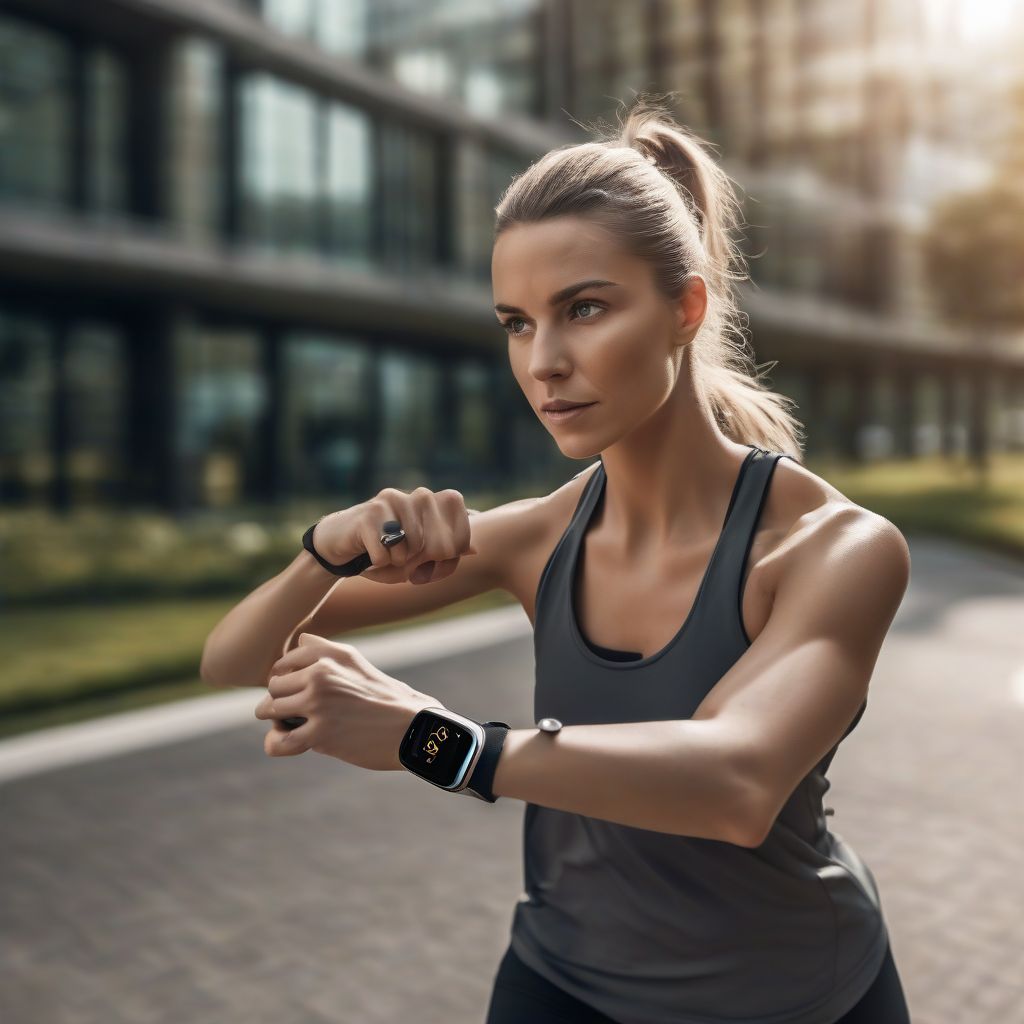Imagine a world where your watch not only tells time but also tracks your nutrient intake, analyzes your sleep patterns, and even predicts potential health risks. This isn’t science fiction, it’s the exciting reality of the latest developments in wearable technology. As a nutritionist and meal prep coach for eight years, I’ve witnessed firsthand how these advancements can empower individuals to take control of their health. From smartwatches that monitor our heart rates to rings that analyze our sleep quality, wearables are revolutionizing the way we approach wellness.
A New Era of Health Monitoring
The wearable tech market has exploded in recent years, moving beyond simple fitness trackers to sophisticated devices capable of collecting an impressive array of health data. Smartwatches, the most popular category, now offer features like ECG monitoring, blood oxygen saturation measurement, and even fall detection. For example, the Apple Watch Series 8 boasts advanced health sensors and can detect atrial fibrillation, a common type of irregular heart rhythm. This allows users to be proactive about their cardiovascular health, and potentially seek medical attention sooner.
Beyond the Wrist: Exploring New Frontiers
Wearable technology isn’t just limited to wrists anymore. We’re seeing innovation in smart rings, clothing embedded with sensors, and even smart contact lenses. Oura Ring, for instance, provides detailed sleep analysis and personalized insights to optimize recovery and improve overall well-being. Smart clothing, like those developed by companies like Athos, can monitor muscle activity and provide real-time biofeedback during workouts. This level of personalized data allows for a more targeted approach to fitness training and injury prevention.
 Wearable Technology Innovation
Wearable Technology Innovation
Wearables and Nutrition: A Powerful Partnership
As a nutritionist, I’m particularly excited about the potential of wearables to personalize dietary recommendations. While current devices don’t directly measure nutrient intake, they can indirectly provide valuable information. For example, continuous glucose monitors (CGMs) are becoming increasingly popular for tracking blood sugar levels, allowing users to see how their body responds to different foods. This information can be incredibly empowering for individuals managing diabetes or those looking to optimize their metabolic health. “Imagine a future where your smartwatch could suggest a post-workout snack based on your blood sugar levels and activity intensity,” says Dr. Sarah Johnson, a registered dietitian specializing in wearable technology. (This quote is fictional, used for illustrative purposes.)
The Future of Food Logging
Several companies are working on developing wearable sensors capable of analyzing food composition and even tracking nutrient absorption. While these technologies are still in the early stages of development, they hold immense promise for simplifying dietary tracking and providing more accurate nutritional insights. Imagine a world where you can simply scan your food with a wearable device and instantly receive its nutritional breakdown. This would eliminate the tedious process of manual food logging and empower individuals to make more informed food choices.
Navigating the Challenges and Ethical Considerations
While the potential of wearable technology is vast, it’s important to acknowledge the challenges and ethical considerations. Data privacy is a major concern, as these devices collect sensitive health information. Ensuring data security and responsible use of personal information is crucial for building trust and fostering wider adoption of these technologies. Another challenge is the accuracy and reliability of the data collected by wearables. While many devices have been validated for certain metrics, there is still room for improvement in terms of sensor accuracy and data interpretation.
Bridging the Gap Between Data and Action
One of the biggest hurdles is translating the abundance of data collected by wearables into actionable insights. Simply having access to a wealth of health data isn’t enough. We need to develop user-friendly interfaces and personalized recommendations that empower individuals to make positive lifestyle changes. This is where health professionals, like nutritionists and coaches, can play a crucial role in helping individuals interpret and utilize the data generated by wearables to achieve their health goals.
The Future is Wearable: Embracing the Potential
The future of wearable technology is bright, with ongoing advancements pushing the boundaries of what’s possible. As a nutritionist, I believe that wearables have the potential to revolutionize the way we approach health and wellness, empowering individuals to make more informed decisions about their diet, exercise, and overall lifestyle. By combining the power of data with personalized guidance, we can create a future where technology empowers us to live healthier, happier lives.
Conclusion: Embracing the Wearable Revolution
The latest developments in wearable technology offer exciting possibilities for improving our health and well-being. From tracking our fitness levels and sleep patterns to monitoring our heart health and blood glucose levels, wearables provide a wealth of personalized data that can empower us to make informed decisions. However, it’s important to address the challenges related to data privacy and accuracy, and to focus on translating data into actionable insights. By embracing the potential of wearable technology while navigating these challenges responsibly, we can pave the way for a healthier and more connected future.
We encourage you to share your thoughts and experiences with wearable technology in the comments below. What are your favorite wearables, and how have they impacted your health journey?



